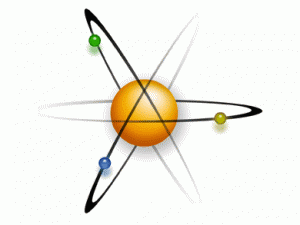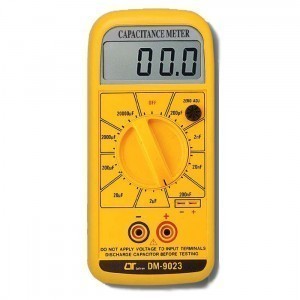What is the Size of An Atom?
Known as the basic unit of matter that is composed of a central nucleus, electrons and protons, an atom has different properties like the isotope, atomic mass and radioactive decay. The discovery of atom became public in 1661 when scientist Robert Boyle wrote The Sceptical Chymist. This write-up focuses on a theory regarding atoms as the smallest particles in a matter. To know more about this subject matter, it is best to start with identifying the size of an atom.
atom has different properties like the isotope, atomic mass and radioactive decay. The discovery of atom became public in 1661 when scientist Robert Boyle wrote The Sceptical Chymist. This write-up focuses on a theory regarding atoms as the smallest particles in a matter. To know more about this subject matter, it is best to start with identifying the size of an atom.
Knowing the Size of the Basic Unit of Matter
What is the size of an atom? According to studies done by scholars and scientists, the size of an atom is approximately 100 pictometers or 0.1 nanometer. The size depends on the composition of an atom. Hydrogen atom is considered as the smallest atom with the size of 37 pictometers. The lanthanum atom is larger than the hydrogen because its size is 187pictometers.
Additional Facts and Other Interesting Details
Atoms have three components, namely the subatomic particles, the nucleus and the electron cloud. The subatomic particles that can be found are the proton, the neutron and the electron. Among the three particles, the least massive is the electron.
Another important component of an atom is the nucleus. This component is very important because it is composed of bound neutrons and protons. The size of the nucleus is smaller than the radius of the basic unit of matter. The number of protons and neutrons in the nucleus is equal.
The electron cloud is the force that binds the electrons. This particle is essential because it produces an electromagnetic force that prevents the electrons from reaching the protons in the nucleus. The electrons that are found in the cloud have properties that are similar to a wave and a particle.
To identify atomic particles, scientists use a scanning tunneling microscope. This device is very helpful in observing the surfaces of a matter in the level of atoms. In order to function well, the device applies the quantum tunneling phenomenon.
Another effective method of observing and identifying the basic unit of matters is the electron energy loss spectroscopy. This method analyzes the energy loss in an electron beam using the transmission electron microscope. Aside from measuring the energy loss, the device features an atom-probe tomography. This feature is very useful when it comes to providing a sub-nanometer three-dimensional resolution. Above all, the device is very efficient because it uses a time-of-flight mass spectrometry.





